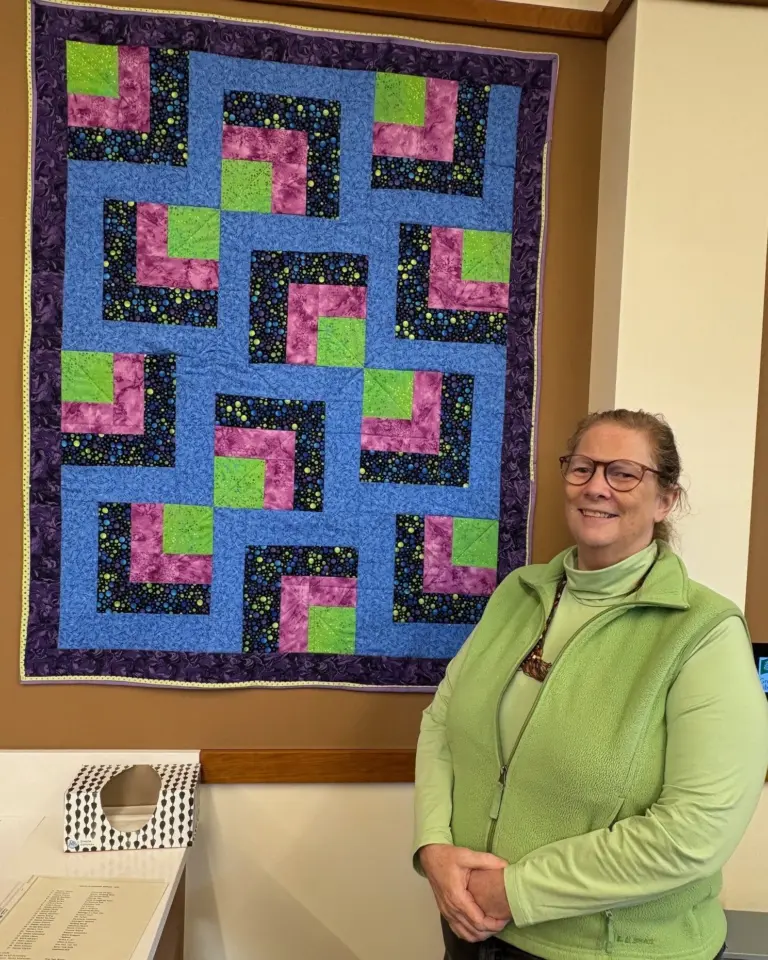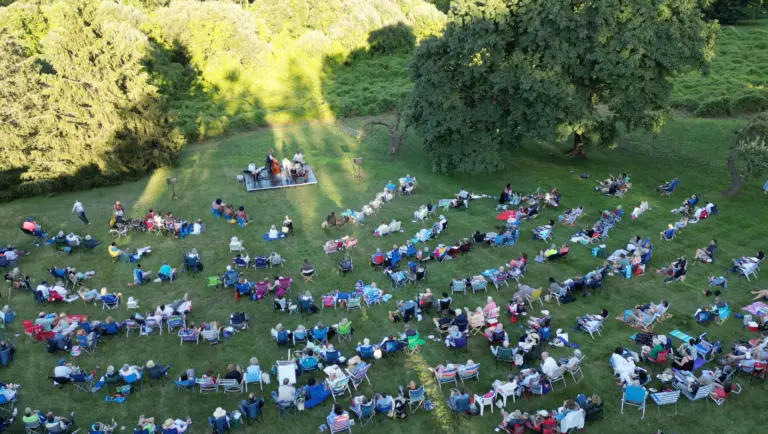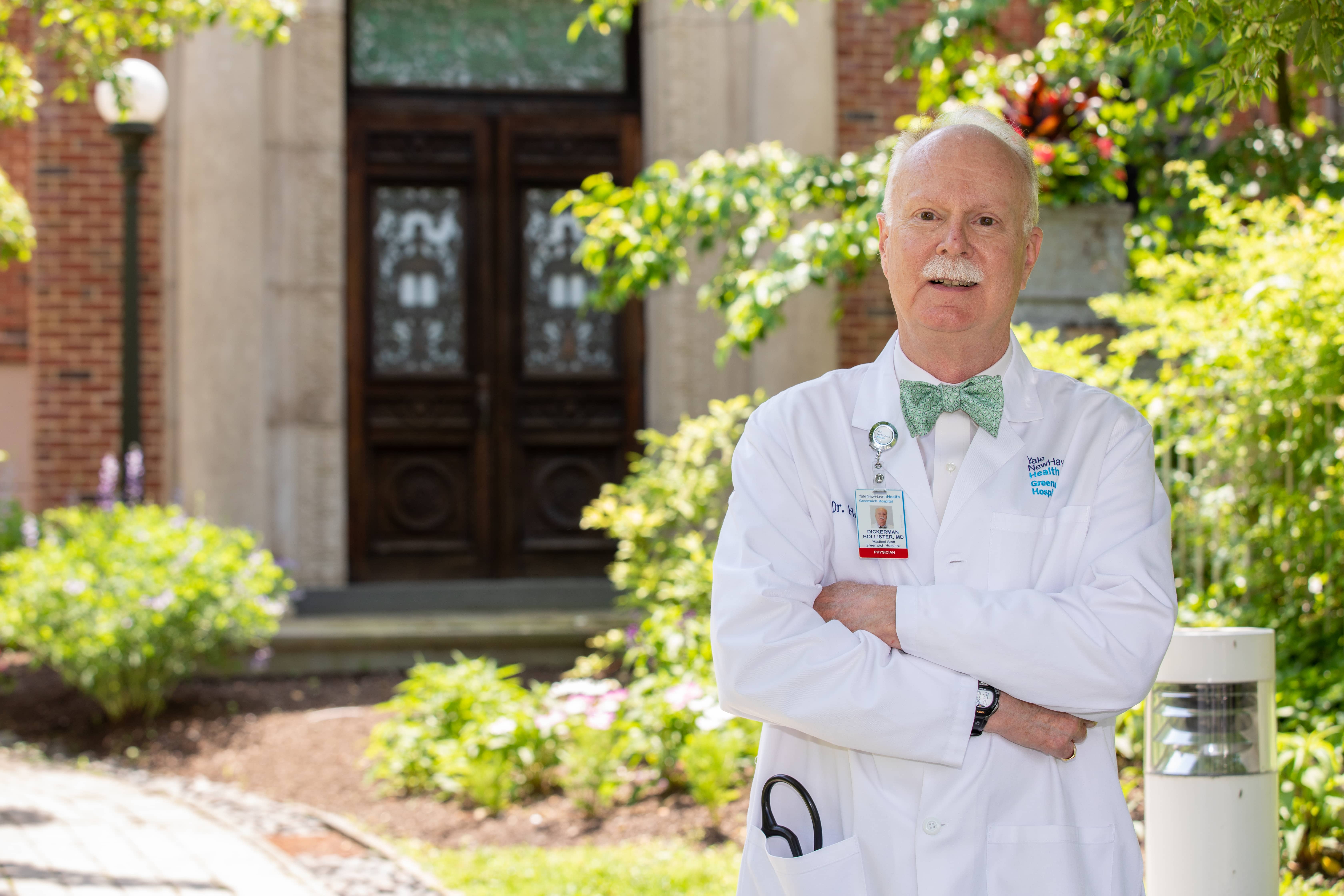
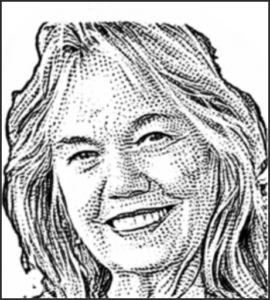 By Anne Semmes
By Anne Semmes
The town of Greenwich needs to know it is losing a town treasure, Dickerman “Dick” Hollister, MD, a touchstone of caring for others. For 40 years Hollister has brought his expertise as an oncologist to his cancer patients with an especial empathy and grace. He’s seen a lot of sadness and suffering. And yet, years ago he was quoted, “I can imagine no greater calling in my life.” Today he states, “Still true, cut and paste. It’s been great.”
Hollister, at age 72, is retiring this very week from Yale New Haven/Greenwich Hospital’s Smilow Cancer Hospital Care Center. He presently has some 800 active patients, he says. As he’s also a hematologist, that number includes patients with anemia “and other disorders that are not malignant.” In an average week he’d see some 500 patients “once or twice a week.” He describes the relationship of an oncologist with his patient as “probably as close as any relationship in any subspecialty in medicine. It’s very intimate. It’s very intense. And so we get to know each other as people – we get to know their family. We get to know their habits, we get to know their wardrobes, because we all show up with the same clothes.” He laughs at that last bit.
Hollister as a doctor in training had come to that crossroads of choosing, “whether you stay in academic medicine
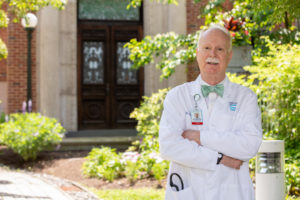
or go into a community practice like this,” he says. Especially a community he grew up in. Not right for everybody, he says, but right for him. “I know my patients usually in different contexts, church, clubs, around town, or if not them, their family. In some institutions the only contact between the physician and the patient is basically in the examining room. With me I run into them in the grocery store, I say how’s their kids and it adds a level of depth and richness to the experience. It’s just been terrific. The community has been very supportive of my practice. I’ve made a lot of friends.”
Hollister began making friends early on at Greenwich Hospital as a 16-year old first male volunteer Candy Striper driver. Proudly displayed in his examining room is that Hospital certificate confirming that gig. He was early on inspired to be a doctor watching that tv medical drama, Ben Casey. By age 18, before earning his Yale college degree, he was off to Africa for a summer at that famed Albert Schweitzer Hospital in Gabon to test that inspiration. The clincher was being allowed to learn how to operate. There was also that contagion of Schweitzer’s reverence for life and service the great Albert left behind.

At the University of Virginia Medical School there were those “great professors” who point the way, and “patients that you remember,” one of which led Hollister to oncology. “And I’ve never had any doubts with that,” he notes, “even though there have been some very bad times in oncology but that comes with the territory.”
Hollister arrived in Greenwich with his impressive credentials (residencies at New York Hospital and Memorial-Sloan Kettering Cancer Center) in 1981, to open his solo practice in his early 30’s. In the next 40 years he would experience quantum leaps in cancer care.
“It started with actually Nixon’s war on cancer in the 70s,” he tells, “training scientists to try to get inside the cancer cell to see exactly what makes it tick. And all of that very tedious work has come to fruition in the last 10 or 15 years, with a greater understanding of the DNA of cancer cells and how they work. And when you understand it then you can manipulate medications and drugs to try to attack what’s called an Achilles heel, as opposed to using chemotherapy as a blunt instrument killing all cells, both the good and bad. We have targeted therapies. And that has made huge impacts in breast cancer, now lung cancer, types of leukemia, diseases which when I started my career were often fatal. And we are now curing them. As a somewhat simplification, half of what I’m doing now I didn’t do 10 years ago. And a third of what I’m doing now, I didn’t do five years ago. Its moving that fast.”
Over those years an impressive cancer care infrastructure grew around Hollister with Yale New Haven’s embrace of Greenwich Hospital, and the arrival of the Smilow Cancer Hospital Care Center, with the new Center due to be completed in 2024. And Hollister plans to be there for the ribbon cutting.
In the meantime, he’ll be located elsewhere – moving soon to his wife Frankie’s family farm in Albany, Georgia,
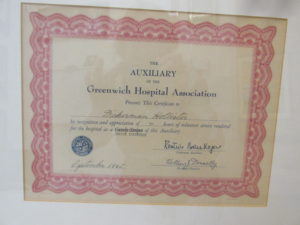
while pursuing another dream. He’s enrolled in Yale Divinity School. Hollister has a lot of questions. “As I was going through these decades of experience, I was saying I’ve got to try and pull this together and make this make sense for me.” Like that sadness and suffering he witnessed. “And so I started taking Divinity courses on the sidelines – not that they’re going to have any answers. But I like asking the questions. I like thinking about why we’re here. I do believe that we are here for some goal, and that is to help other people.”
Hollister’s faith path came from his exposure to a variety of “complicated religious traditions.” His late mother Juliet Hollister took on a serious study of the world’s major religions, often bringing young Dick along in her worldwide explorations. What he came away with was, “At the end of the day all religions are saying the same thing – it’s about helping people.”
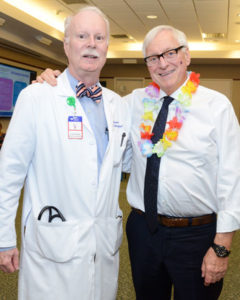
But Hollister is questioning, “What’s going on now in this country, all the misery, and it’s all something that we do to ourselves, we punish ourselves. We need to put aside this pain we’re inflicting on each other. Every night there’s two or three mass killings. It’s crazy, And I don’t understand why that is because it doesn’t have to be that way. We can’t solve earthquakes and hurricanes, but we can treat each other better.”
Hollister will also be missed in his church, Christ Church Greenwich where he has played important roles, such as art historian on the church’s banners and flags resulting in his treatise on, “The Vexillology of Christ Church Greenwich.” But it’s those church bells he wants to be remembered by. “The bells are great. I’m proud of that.”
He tells the story. “So, they were going to replace them with electronic bells, which is what most of these churches use. The bells were old – they wouldn’t work. So, I had a bell campaign, where we learned all about bells. Bells are fascinating. All the European bells – what size and how they work. So, I started a campaign where you name your bell for $1000 to $20,000. So, there’s a Frankie up there.”
“I’ll never forget it,” he tells, “We had this huge crane taking the old bells out and putting the new bells in. This was about 15 years ago. So, every time I hear those bells, I say those are the real ones. None of this electronic stuff. That’s the real deal.”


